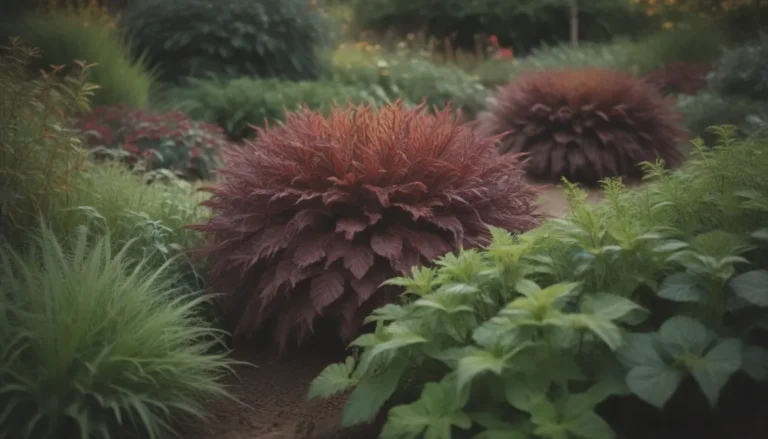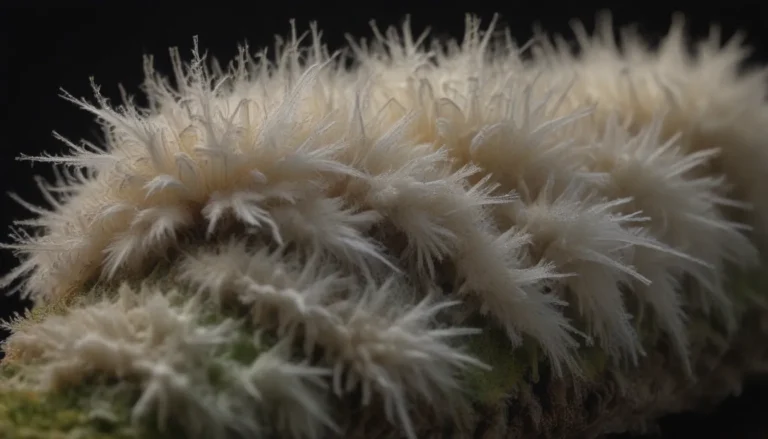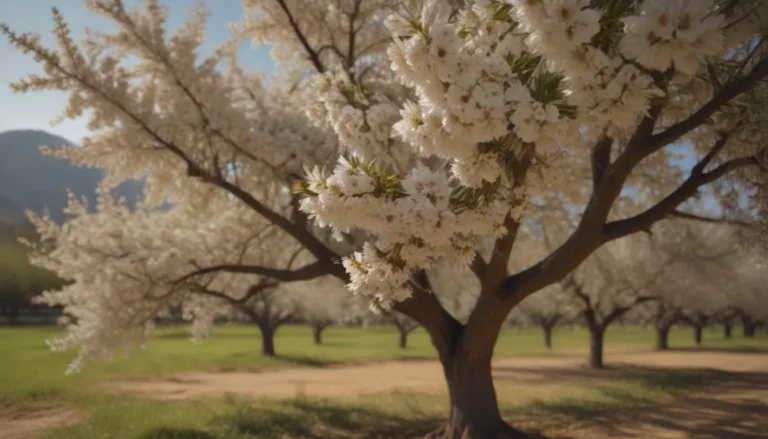A Comprehensive Guide to Growing and Caring for Peperomia Rotundifolia

Peperomia rotundifolia, also known as round-leaf peperomia, creeping buttons, and trailing jade, is a stunning tropical epiphyte native to Central and South America. This plant is cherished for its small, round succulent leaves that grow on 12-inch-long vines, making it a popular choice for houseplant enthusiasts in cooler climates. If you’re looking to add this unique plant to your collection, it’s essential to understand how to properly care for Peperomia rotundifolia to help it thrive and reach its full potential.
Getting to Know Peperomia Rotundifolia
Peperomia rotundifolia, given its unique characteristics, requires specific care to ensure it flourishes in your home. Let’s dive into the key factors to consider when caring for this beautiful plant.
Light
Peperomia rotundifolia prefers bright, indirect light to thrive. Placing it near an east-facing window or a few feet away from a south-facing window will provide the ideal amount of light. Avoid exposing it to harsh, direct afternoon sunlight, as this can lead to leaf burn. During darker periods or in the winter, consider using a grow light to supplement its light needs.
Soil
Selecting the right soil mixture is crucial for the health of your Peperomia rotundifolia. Opt for a loose, well-drained potting mix that allows for proper air circulation around the roots. Many growers find success using cactus or succulent soil mixes due to Peperomia‘s sensitivity to overly wet soil. Additionally, adding materials like coarse sand, perlite, or orchid bark to a standard potting mix can help improve drainage.
Water
Instead of adhering to a strict watering schedule, it’s best to monitor your plant’s soil moisture regularly. Water your Peperomia rotundifolia deeply only when the soil has completely dried out. Overly wet soil can lead to root rot, which can severely harm your plant. Remember, less is often more when it comes to watering this plant.
Temperature and Humidity
Maintaining the right temperature and humidity levels is crucial for the well-being of your Peperomia rotundifolia. Aim to keep it in an environment with temperatures ranging between 65 and 80 degrees Fahrenheit and moderate to high humidity. Avoid exposing the plant to hot or cold drafts. Enhance humidity levels by grouping several tropical plants together or using a humidifier in the same space.
Fertilizer
Feed your Peperomia rotundifolia with a balanced liquid houseplant fertilizer diluted to half strength once a month during the growing season. Start fertilizing when you first notice new growth in late winter or early spring, and cease fertilization in the fall. Resume the following growing season for optimal plant health.
Pruning and Propagating Peperomia Rotundifolia
One of the joys of caring for Peperomia rotundifolia is the ease of propagation and minimal pruning required. Let’s explore how you can keep your plant looking its best and multiply its presence in your home.
Pruning
Peperomia rotundifolia typically doesn’t need frequent pruning. Remove dead or damaged leaves and stems as needed, cutting them off at the base of the plant. To maintain a pleasing shape, you can trim back vines, ensuring not to remove more than a quarter of the total plant growth. Save the healthy pruned stems for propagation to grow new plants.
Propagating
Propagating Peperomia rotundifolia is a straightforward process that can be done through stem cuttings in either water or soil. For best results, propagate during the plant’s active growth period in spring or summer. Here’s how you can propagate your Peperomia rotundifolia:
How to Propagate Peperomia Rotundifolia in Water
- Gather a mature plant, a small glass or jar, room-temperature water, and clean, sharp scissors or pruners.
- Cut a healthy stem from the plant and place it in water until roots develop.
- Once roots are established, transfer the cutting to a pot with soil for further growth.
How to Propagate Peperomia Rotundifolia in Soil
- Prepare a small plant pot with potting mix.
- Use rooting hormone powder on a healthy stem cutting.
- Plant the cutting in the soil and provide adequate moisture.
- Monitor growth and transplant the cutting as needed.
Potting and Repotting Peperomia Rotundifolia
Peperomia rotundifolia prefers slightly potbound conditions and doesn’t require frequent repotting. If necessary, repot your plant every two to three years using fresh soil and a container that snugly fits the root ball. This will encourage healthy growth and prevent stress on the plant.
Addressing Common Pests & Plant Diseases
Just like any other plant, Peperomia rotundifolia is susceptible to certain pests and diseases that can impact its overall health. Understanding how to identify and address these issues promptly is key to maintaining a thriving plant.
Common Pests
Keep an eye out for mealybugs, a common pest that can affect Peperomia rotundifolia. If you notice white, fluffy masses on your plant, take action immediately by using a cotton swab or ball dipped in rubbing alcohol to remove the infestation. For severe cases, multiple applications of insecticidal soap may be necessary.
Plant Diseases
Peperomia rotundifolia can be prone to viral infections like ring spot and edema, as well as fungal issues such as root rot and cutting rot. If you suspect your plant is afflicted with a disease, isolate it from other plants and treat accordingly based on the specific condition.
Peperomia Rotundifolia Blooms
While Peperomia rotundifolia is not primarily grown for its flowers, it does produce tiny, inconspicuous yellow or green blooms on short spikes during the summer. You can choose to remove these flowers at the base or allow them to naturally fall off without affecting the plant’s overall health.
Addressing Common Problems
When caring for Peperomia rotundifolia, you may encounter common issues like leaf curling, yellowing, or leaf loss. Understanding the root causes of these problems can help you address them effectively and restore your plant to its optimal condition.
Curling Leaves
Curled leaves on Peperomia rotundifolia are often a result of inadequate moisture levels, either due to dry soil or low humidity. Check the soil’s moisture content and water thoroughly if necessary. Consider increasing the humidity around the plant by utilizing a humidifier to mitigate leaf curling.
Yellowing Leaves
Yellow leaves, especially when accompanied by wilted or mushy stems, are typically a sign of overwatering. Evaluate the soil’s moisture levels and refrain from watering until it has dried out completely. If over-fertilization is suspected, allow the soil to dry out before resuming watering to prevent further issues.
Leaf Loss
Leaf loss can indicate underlying problems such as root rot from excessive moisture. To address this issue, remove affected leaves, stems, and roots, then repot the plant in fresh, well-draining soil. In cases of extreme dryness, provide deep watering and consider enclosing the plant in a clear plastic bag or mini greenhouse to retain moisture during recovery.
Conclusion
In conclusion, Peperomia rotundifolia is a captivating plant that brings a touch of tropical beauty to any indoor space. By providing the right conditions, regular care, and prompt attention to any issues that arise, you can ensure your plant thrives and remains vibrant for years to come. Whether you’re a seasoned plant enthusiast or just starting your green journey, cultivating and caring for Peperomia rotundifolia is a rewarding experience that offers both aesthetic pleasure and a deeper connection to the natural world. Happy growing!





